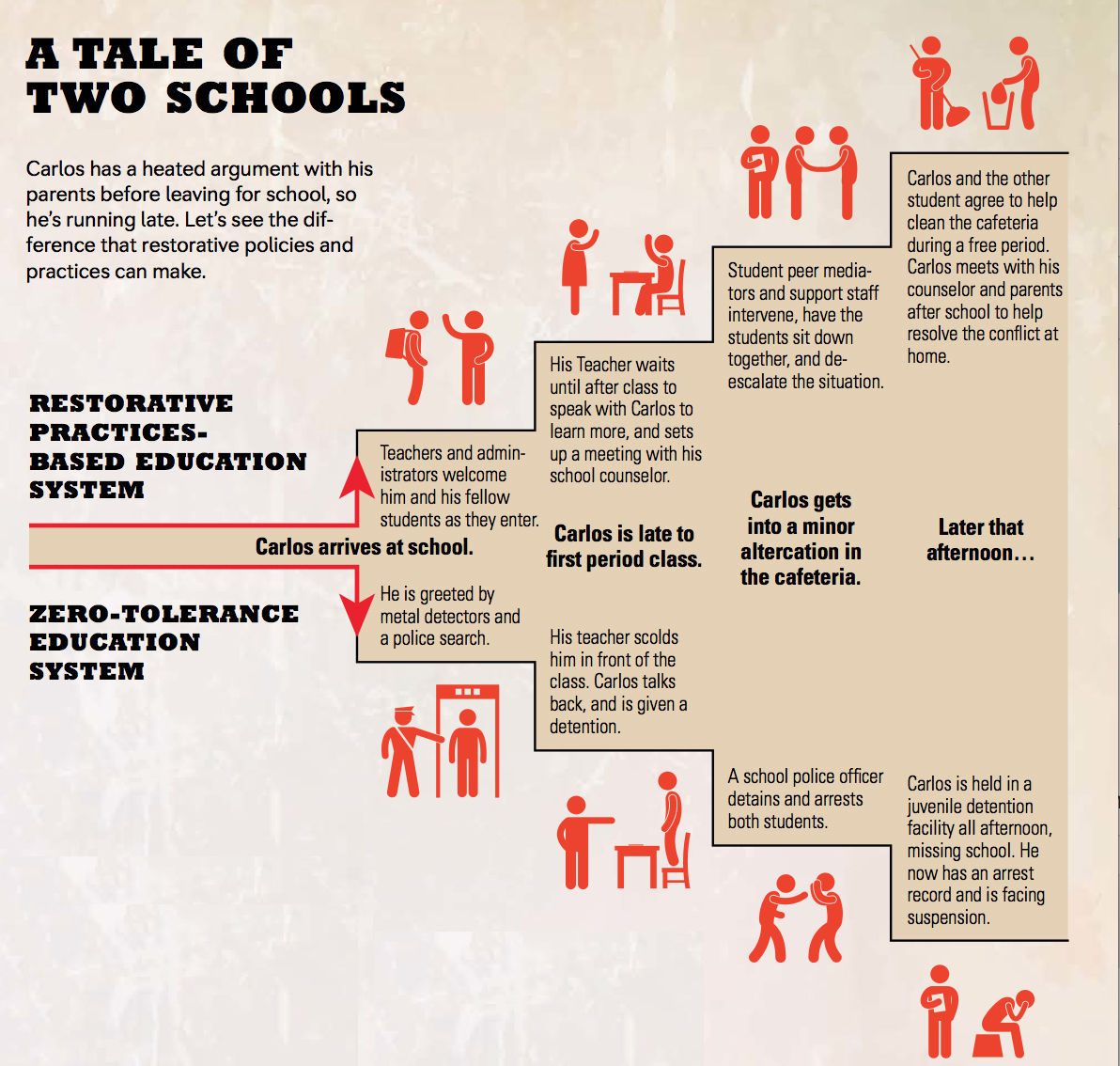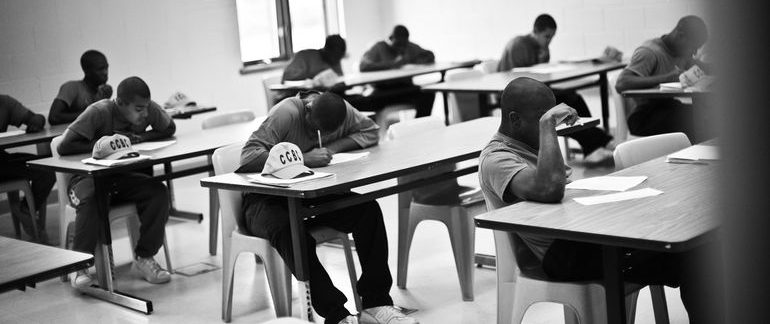There are only shades of gray. Black and white are nothing more than lofty ideals in our minds, the standards by which we try to judge things…”― Karen Marie Moning, Bloodfever
Zero tolerance policies in schools has a problem. To start, watch the video below.
The above highlights the media’s exposure of zero tolerance policies in schools. Now consider another scenario:
It’s middle school and your mom still packs your lunch. Imagine that today, your lunch was chicken and with that chicken was a knife to cut it up.
Now imagine, where, also in middle school a student knowingly decides to bring a gun to school.
According to some state laws, this would be treated in a similar manner, as both would be weapons. Such punishment for bringing weapons to school would almost always end in an expulsion or suspension. Now why is bringing a knife for a meal punished the same as a gun being brought to school intentionally?
Scenarios such as these and the one presented in the video above just begin to scratch the surface of what has become a controversy in urban schools.
Zero Tolerance is commonly defined as, “a disciplinary policy that calls for a mandatory sanction for student disciplinary infractions without regard for the severity of the misconduct.” (Heilbrun & Cornell, 2015, p. 489)
On the whole, this controversy centers around:
- Implementation: Are these policies implemented consistently throughout all schools?
- Effectiveness: Are these policies genuinely making students feel safer?
- Racial Bias: Are these policies targeting one demographic more frequently than others?
- Correlated Consequences: Are the effects of suspension, expulsion, etc… beneficial in the long run to students affected?
To be fair, the evaluation of Zero Tolerance Policies as either black or white is not entirely true, but rather a common misconception. (Black being the mandated punishment, whilst white is not being punished with there being no in between). There are some shades of gray. However there is an issue of these laws enabling administrators to not have to exercise discretion. When and when those same administrators favor zero tolerance policies, the blame does not always
Perhaps no consequence is perceived as detrimental as that of the “school to prison pipeline”, a term used to argue that some policies are effectively funneling students of African American and Latino background into the prison system. Take a look at the image below provided by pbs.org.

Amurao, Carla, Prison Pipeline Stat Graphic, Retrieved from http://www.pbs.org/wnet/tavissmiley/tsr/education-under-arrest/school-to-prison-pipeline-fact-sheet/
In attempt to turn around what has been regarded by many scholars as a needlessly draconion punitive measure on students is the rise of “restorative justice” which advocates for a number of positive student empowerment processes that center around collaboration and cooperation. (Acosta, Chinman, Engberg, & Augustine, 2015, para. 5, 6)
Below is an example of the dichotomy of these disciplinary measures around one scenario:

Flannery, Ellen,A Tale of Two Schools: How Restorative Practices Can Make a Difference, 2014, Image, Retrieved From http://neatoday.org/wp-content/uploads/2014/06/restorativejustice.jpg
Another look at restorative justice, this time in action:
This website is an introduction to the ongoing analyses and discussions being brought forth around Zero Tolerance Policies. Ultimately this website highlights the policy’s failed implementation and its detrimental consequences brought about by its persistence in schools.
This site’s black and white color scheme serves to highlight the perceptions of a dystopian future of Urban Education that will be manifest if policies such as zero tolerance are allowed to continue. It does not however close entirely on such a somber note, as this site has in reference numerous grassroots organizations that one may take part in and be a part of the difference to change what is tolerated in education.

